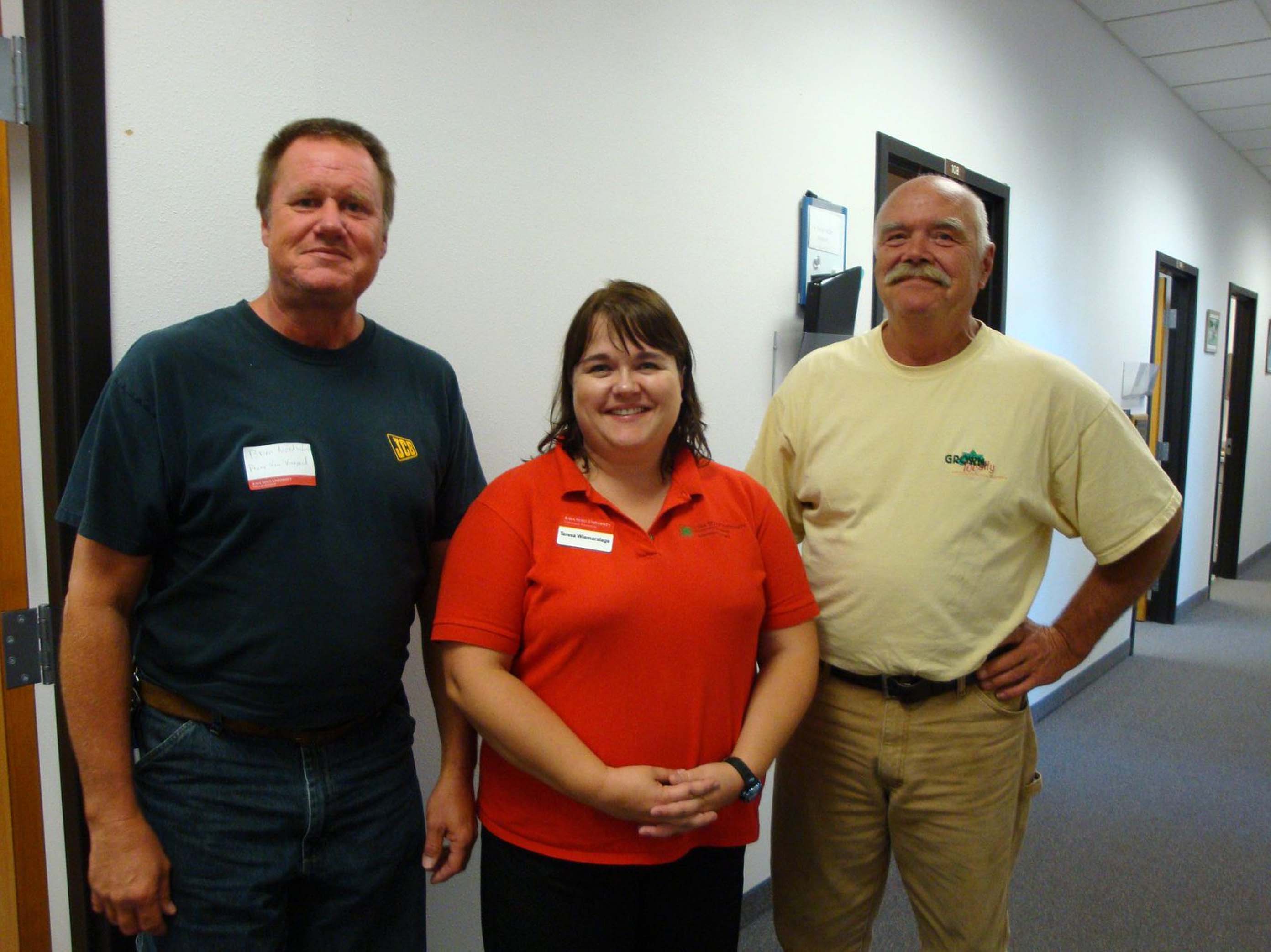
Success Breeds Success: Leopold Center And ISU Extension Help Increase Demand And Capacity For Local Foods
It’s like a delicious cycle.
Local growers increase production of fruits and vegetables; consumers appreciate the improved availability and ask for more; growers expand to meet increased demand.
The Northeast Iowa Food and Fitness Initiative is driving such a cycle in their region by bringing together growers, community members and Iowa State Extension staff who work together to increase access to locally produced foods.
The coalition from northeast Iowa was selected as the first pilot goup by the Leo-pold Center for Sustainable Agriculture Regional Food System Working Group in 2006.
The Working Group is a network of 16 autonomous groups covering the state of Iowa that support local food system efforts.
“Each group determines what is important for their region, and the Center assists them with strategic planning and organization,” says Craig Chase, interim program leader of the Leopold Center’s Marketing and Food Systems Initiative.
The creation of Northeast Iowa Food and Fitness Initiative’s plan brought their group to the national stage and caught the attention of the W.K. Kellogg Foundation, which designated Northeast Iowa as one of nine communities to become models of change.
The foundation provided funding to create a multi-year plan for Allamakee, Chickasaw, Clayton, Fayette, Howard and Winneshiek counties to grow their local food infrastructure. The initiative addresses policies, practices and systems that support healthy communities and provide affordable food. It works with regulatory agencies to mini-mize barriers to local food purchases from both sides, and it leverages funding and expertise to serve its mission.
Bob Raymond operates a small market garden and farm stand near Lansing. The initiative provided training to prepare farmers for on-farm food safety audits. Raymond is one of 13 producers who passed a U.S. Department of Agriculture Good Agricultural Practices (GAP) audit.
“They offered the unique opportunity to get a GAP audit performed at no cost, with just a small cost for two days of intensive food safety training. It was won-derful. About 13 of us went through and passed,” Raymond says. “If we want to be involved in selling food to the public we’re going to have to develop our GAPs. Coaching and training are part of that—I’m encouraged and condent we can get through the obstacles to get through the GAP if we combine ISU Extension and the Initiative.”
Success breeds success.
Efforts of the Initiative have increased the growing season in the region as growers set up more greenhouse space in response to increased consumer demand. The increased availability of off-season produce in the area has led schools, care centers and private consumers to realize they can purchase local produce for nearly nine months out of the year.
“By tracking food sales from just four to fiveproducers, our region saw an increase of more than $1.2 million in increased local food sales last year, bringing local food sales to more than $1.7 million last year,” says Brenda Ranum, regional extension education director.
The cycle continues.
Click here for Ranum’s autumn harvest chowder recipe, Wiemerslage’s cheesy pasta with summer veggies recipe, and Raymond’s leek and potato soup.



